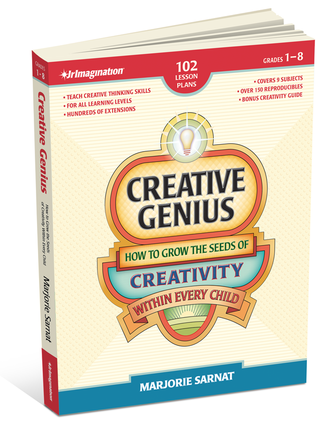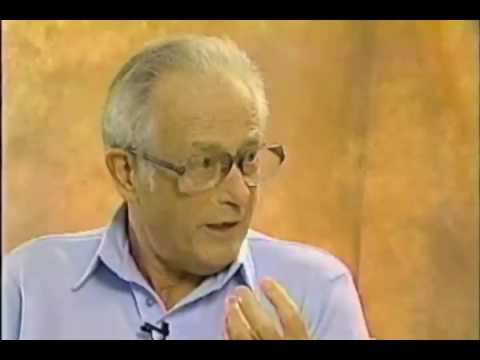Celebrating Dr. Sydney J. Parnes, a Pioneer in Teaching Creativity as a Cognitive Skill
 Friday, September 20, 2013 at 9:25AM |
Friday, September 20, 2013 at 9:25AM |  Marjorie Sarnat
Marjorie Sarnat “Creativity can be considered a function of knowledge,
imagination, and evaluation.”
Dr. Sydney J. Parnes pioneered creative thinking in education and creative problem- solving with Alex Osborn, and was founder of the Creative Education Foundation (Where Brainstorming Began™) in 1954, for which he served as president for many years. Dr. Parnes died Aug. 19, 2013 at age 91.
The concept that imagination is so important and that there are ways to stimulate it captivated Parnes for a lifetime. He became the world’s leading expert on the topics of creativity, innovation, and problem solving. This groundbreaking educator, researcher, author, and keynote speaker founded the International Center for Studies in Creativity at the State University at Buffalo, N.Y. and its Master's degree program, the first of its kind.
See and hear the great Dr. Parnes himself in this recent two-part interview:
Dr. Sydney J. Parnes Interview Part 1








